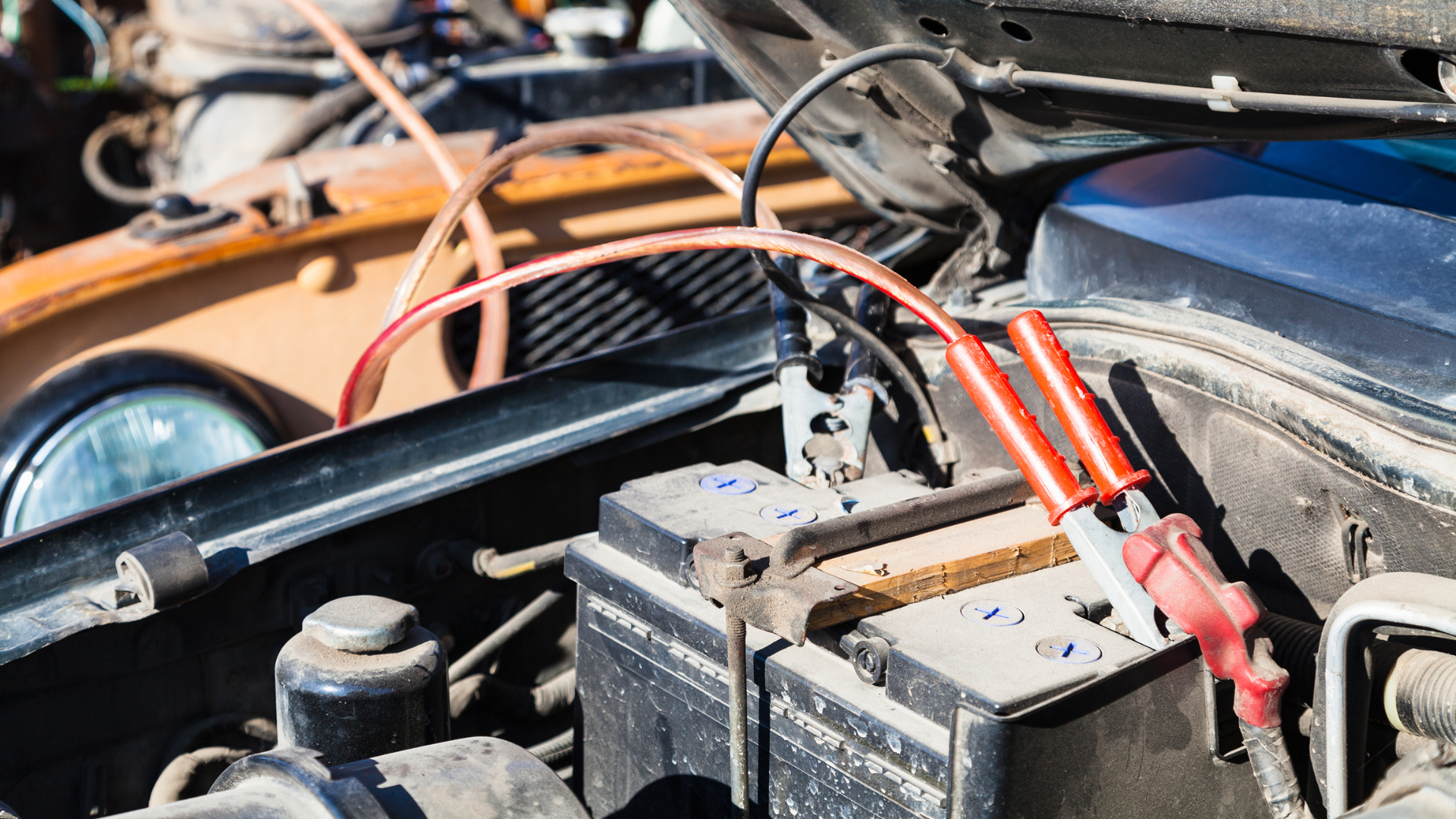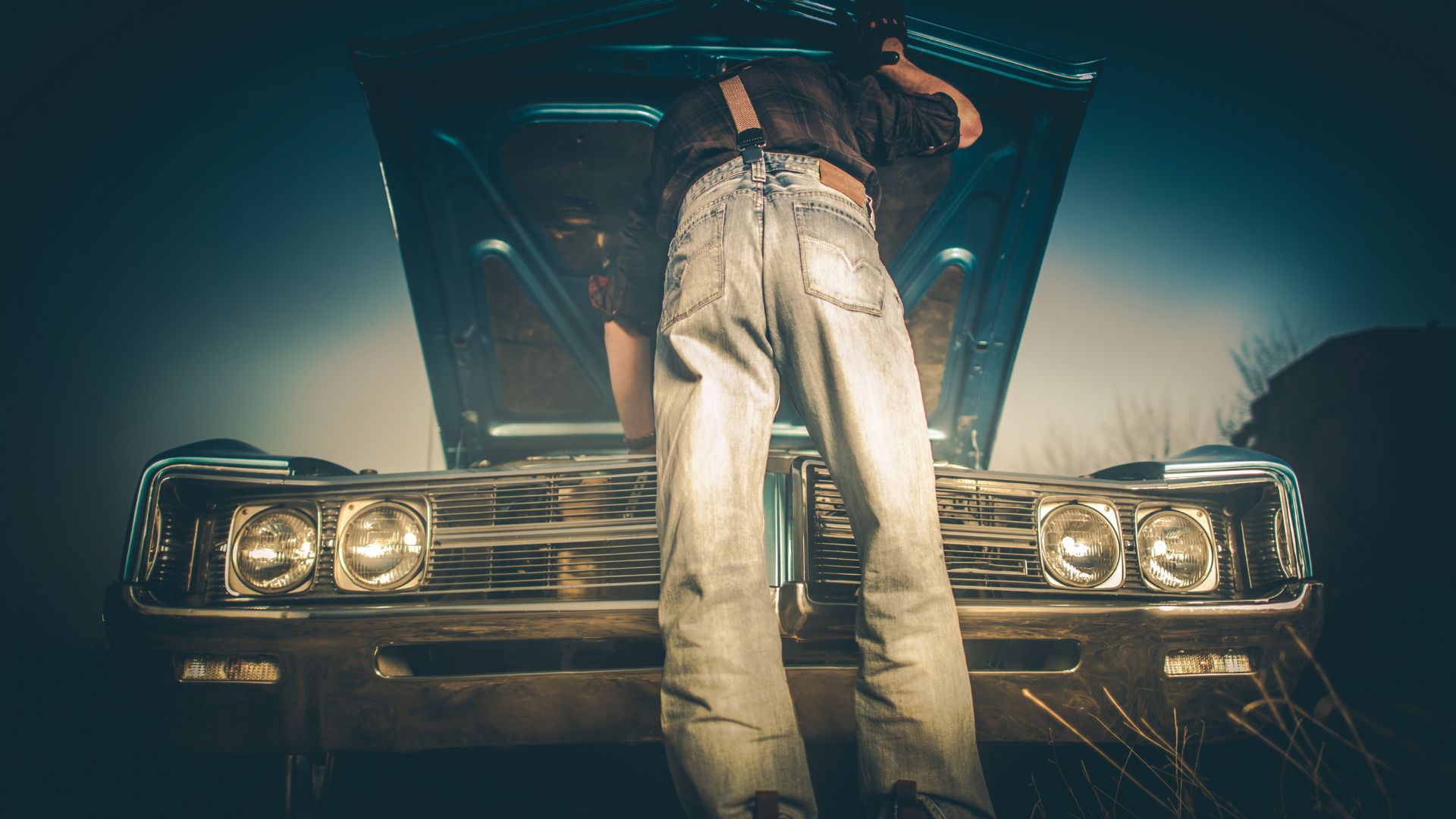It’s fair to say, that for many classic car owners, 2020 has been a disappointing year, the global pandemic put an end to the height of the car show season as social distancing measures meant the community of enthusiasts never got to hot the road and show their cars, look at others motors or simply mingle with like-minded people.
Summer is the season for classics, bringing the optimum weather conditions for these vintage beauties to shine. Summer road trips and the usual gatherings and meet-ups see these beauties getting far more use over the summer months, which means for them 2020 was pretty much a non-starter.
As Autumn approaches many owners will be wondering how long they have left before it’s time to store their cars away during the winter months which bring harsh conditions that can cause corrosion and damage.
There’s no immediate rush, the engines should be run and the cars enjoyed wherever possible, to avoid tyre flat spots, keep the parts lubricated and stop brakes and clutches from seizing up. But once the time comes, here are the things you should take care of before you store your classic car away from the elements.
Give Your Classic Car a Thorough Clean
Before storing your classic car away for the winter, a thorough clean both inside and out is required. This ensures that any dirt, grime and moisture that may cause corrosion is removed before storage of the vehicle. It’s important to remember that dirt and moisture can hide where the eye may not initially see, because of this it’s imperative to get into all the nooks and crannies, under any rubber seals, door trims etc. Pay attention to the brakes and tires when cleaning the exterior of the vehicle.
When cleaning the inside ensure you give the car a thorough vacuum and remove all food debris etc that could attract rodents. Give the dials and dash a dust, before running the vacuum around using the crevice tool to hoover the seats and underneath them, don’t forget the boot.
Finally, give the car a nice wax to help protect it over the winter months and keep the paintwork in tip-top condition.
Check Your Levels
Before storing a classic car it’s important to check the levels, especially the anti-freeze concentration and levels to ensure you don’t split the radiators or crack the engine in the worst-case scenario. Coolant also contains corrosion inhibitors; this will help to prevent silt from developing within the radiator and waterways.
We would also recommend checking your oil levels and ensuring you have no leaks before storing your classic.
Protect from Moisture
Moisture is a classic car worst enemy, but there are some things you can do to minimise exposure to moisture. Ensure the area that the car is stored in has good airflow, a dehumidifier can also help to remove moisture from the air, but should never be set to high, otherwise, ALL moisture will be removed from the environment that the car is stored in and this can lead to problems with soft plastics, veneer and vinyl finishes. Ensure dehumidifiers are emptied and kept at an optimal level, around 45% air humidity is ideal.
An air circulation tent is another option if you have the space and funds for one. These can pump filtered air around your car over the stored months and have a dehumidifier connected too.
Brakes & Wheels
To avoid things seizing up over the winter you should take some precautions; do NOT use your handbrake if the car won’t be used for a while as it may seize, instead use chocks to keep the vehicle in place.
Clean the wheel nuts and grease them before putting them back on the car to try and prevent them from seizing. If you can jack the car up to keep it off the tyres while it’s stored then it’s recommended that you do so, this helps to prevent flat spots on the tyres and take pressure off of the wheels in general.
If you are able to pump the brakes over the winter months every week to try and prevent them from seizing.
Battery Maintenance
The battery can easily discharge over the winter months and go flat, for older classics it makes sense to disconnect the battery to avoid the power being drained completely. With a more modern classic, however, this can be problematic as problems can occur with the fuel injection, on-board computers and even door locks. For these more modern classics, a trickle charger is recommended to ensure the battery stays topped up and you don’t end up with problems when it comes time to get the car out.
Finally, when you store your classic car for winter, it is important that you DO NOT start your car up and leave the engine running at intervals during its storage. This can create moisture in the engine and exhaust system as the car did not get hot enough. If you can take the vehicle out on a dry day for a good run, then, by all means, do so, but turning it on to run for the sake of it can actually cause more damage than good.







Leave A Comment